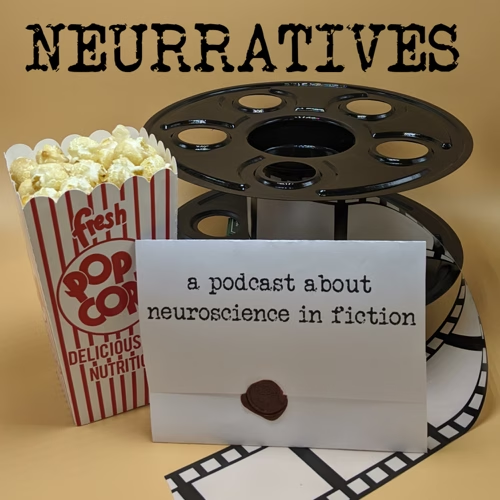
Neurratives – A Podcast about Neuroscience in Fiction
Episode 3 - Firefox | Alexa, Fire Missiles
It's 1982 and Clint Eastwood must steal an advanced mind-controlled Soviet fighter jet or else America loses the Cold War! In this episode, Nick and Stephen dive into 1982's Firefox as they examine what the '80s thought a brain-computer interface would look like and try to relate it to real science. Can Clint Eastwood save democracy from communism? Just how useful is the brain-computer interface in this film? How does this movie stack up to the gold standard of jet fighter movies, Top Gun? Spoilers: we're on a sigh-way to the danger zone.
Note: We briefly mention a UCSF speech prosthesis study at the end of the episode. At time of recording, this group had not published yet, but serendipitously, they published the following paper in the New England Journal of Medicine last month.
Moses DA, Metzger SL, Liu JR, Anumanchipalli GK, Makin JG, Sun PF, Chartier J, Dougherty ME, Liu PM, Abrams GM, Tu-Chan A, Ganguly K, Chang EF. Neuroprosthesis for Decoding Speech in a Paralyzed Person with Anarthria. N Engl J Med. 2021 07 15; 385(3):217-227.
More about P300 event-related potentials here:
Sellers EW, Krusienski DJ, McFarland DJ, Vaughan TM, Wolpaw JR. A P300 event-related potential brain-computer interface (BCI): the effects of matrix size and inter stimulus interval on performance. Biol Psychol. 2006 Oct;73(3):242-52. doi: 10.1016/j.biopsycho.2006.04.007. Epub 2006 Jul 24. PMID: 16860920.
Music: 'Blippy Trance' - Kevin MacLeod